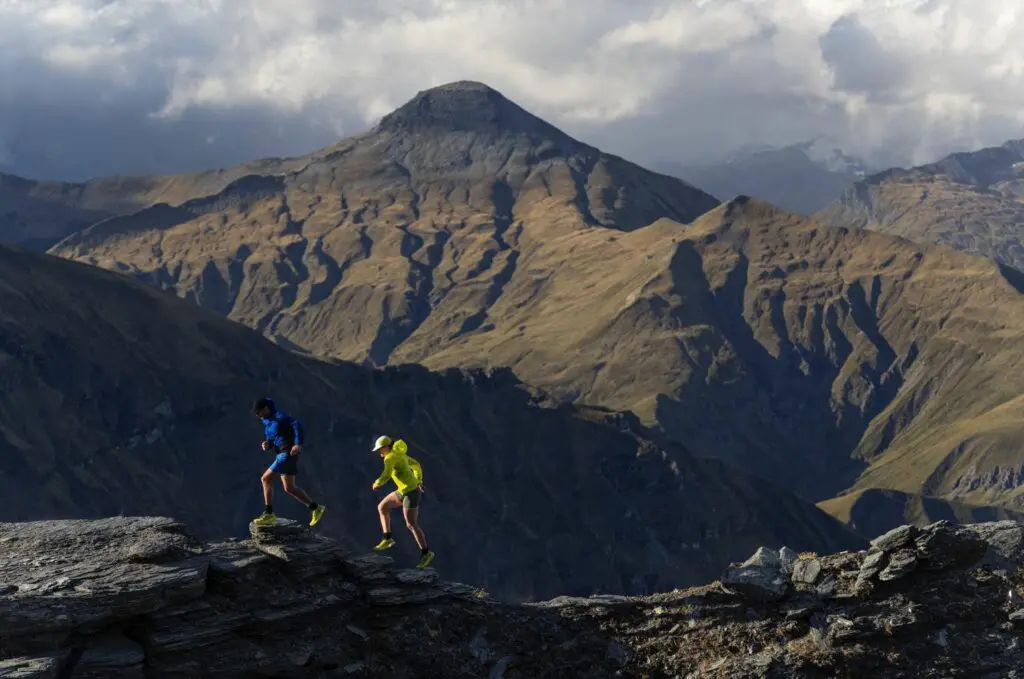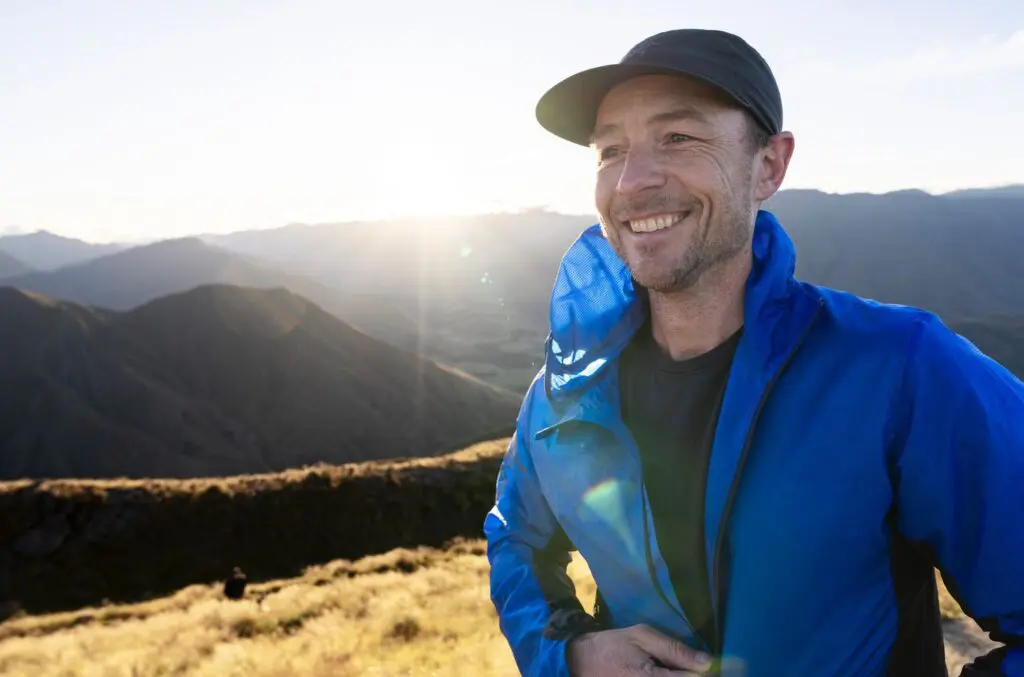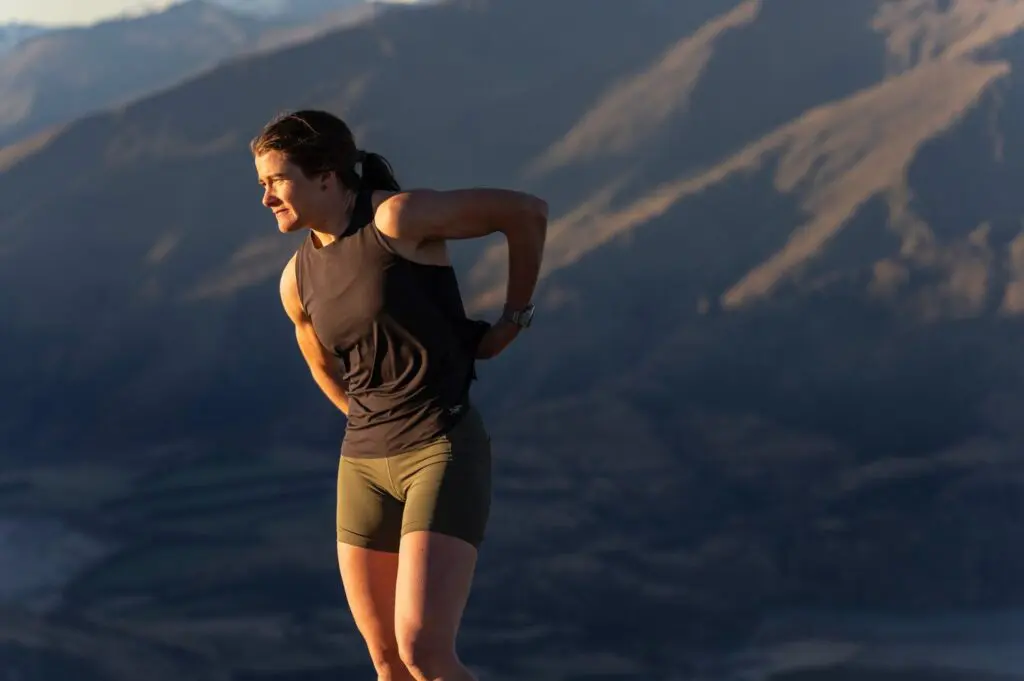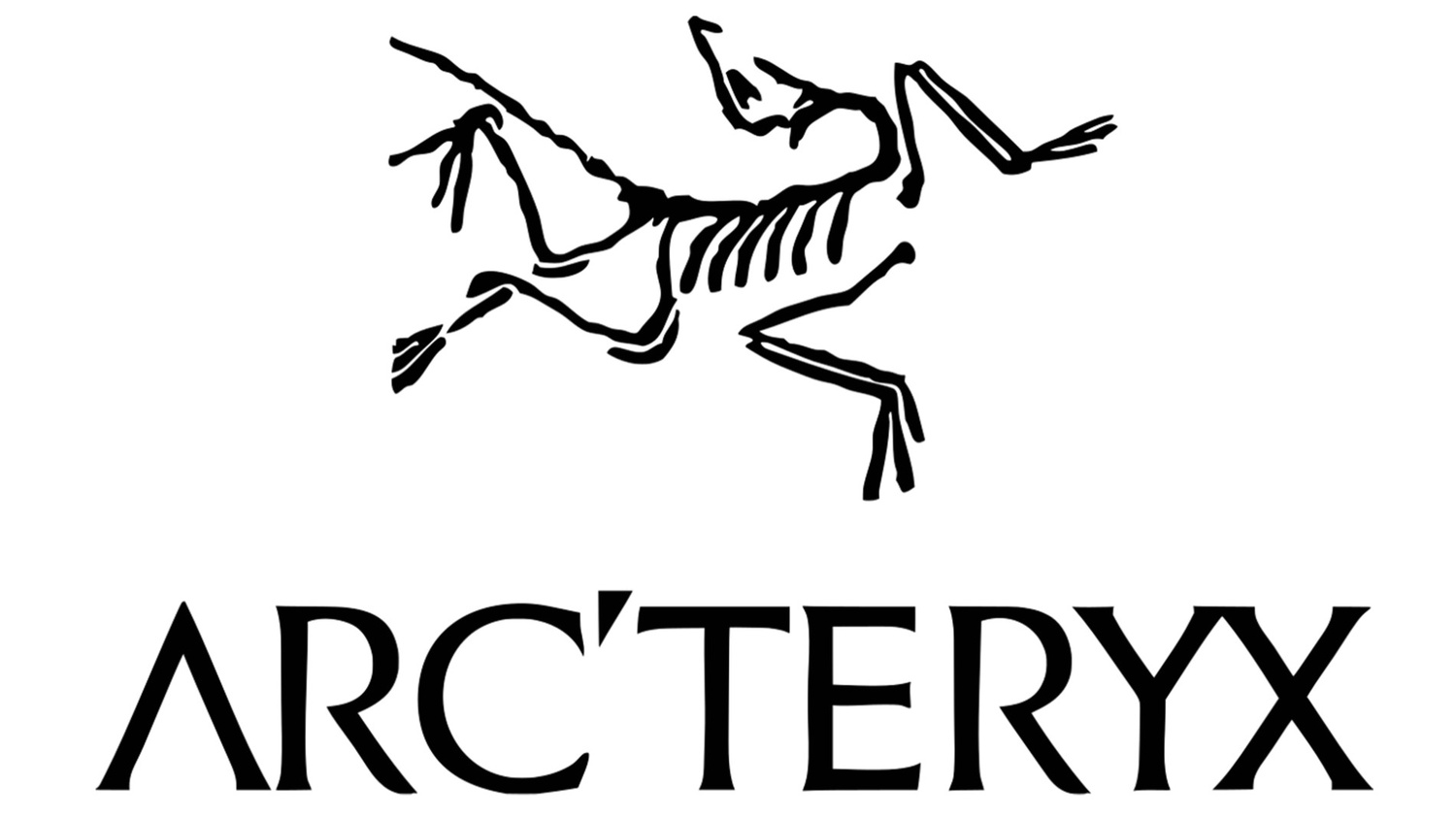Words by Like the Wind – Photography supplied by Arc’teryx
There is a particular breed of athlete that thrives in alpine environments. This person is gritty and resilient: courageous in many aspects, especially when facing daunting terrain. High country lovers can be diverse in specialty – some are runners, others are skiers, many are climbers or alpinists. But, despite their difference in sport, these athletes can agree on one simple belief: the mountains make us better.
“The mountains have always been the most obvious place I’ve wanted to explore. I think largely it’s the mystery that they provide. They’re always changing. You never know exactly what you’ll get. Which I think is kind of cool.” Arc’teryx athlete and former firefighter Emma Cook-Clarke is expressing not just a personal opinion when she says this, but also an idea that is integrated into every part of the brand’s story.
And on a trip with fellow Arc’teryx athlete Adam Campbell – who has been with the brand since 2006 – Emma had the chance to put this philosophy into action. With tremendous results.
“We might feel really, really tiny and not capable when we look up at some slope or [see] how steep or tall or dangerous something is,” Emma says. “Yet, through skills and fitness, we can manage to navigate our way through some really complex terrain.”

The trip that Emma and Adam took represented a standout moment for both athletes. The pair explored the mountains around Queenstown and Wanaka on New Zealand’s South Island, with the running doubling up as a product testing ground and a photography opportunity.
“I was just coming off an injury and hadn’t run in three months,” Emma says. “To be dropped into this otherworldly, spacious landscape with no predators nor many people, just vast space and freedom – it felt like a complete gift. Being there with the Arc’teryx family made it even more meaningful.”
Emma took the trip with Adam who is not only a friend and mentor but also the brand’s athlete-insights and product-testing specialist. The pair, along with other members of the Arc’teryx team, headed to New Zealand to gauge Emma’s recovery and as a midwinter training camp in the Southern Hemisphere. Immediately after arriving in New Zealand, the pair ran a route up Ben Lomond, a 1,748m peak. Not only did Emma feel strong and healed – she ended up setting a women’s FKT on the route. Later in the trip, she set another all-gender FKT on Roys Peak, a 1,578m mountain.
When asked about why the mountains are such a special place for him, Adam echoes Emma’s thoughts: “I find that once you have some technical skill, mountains give you an unlimited way of expressing yourself. They’re also really dynamic and constantly changing. Like a track is always a track, it has the same feel. You may have some wind or maybe a little bit of temperature change. But under-foot the feel will always stay consistent. Whereas in the mountains, it’s constantly changing.”
With all his years of experience in the mountains, Adam knows that the conditions can shift with the seasons but also from minute to minute. He knows that on a single run someone might encounter ice, mud and snow and traverse trails that are hard-packed, rocky and really loose at different moment. As Adam says, “I love that dynamic nature of the mountains.”

Arc’teryx was founded as a mountain brand nearly four decades ago. Since then, it has created gear for all types of summit pursuits – gear inspired by athletes who are pushing the limits of possibility everywhere from the Rocky Mountains to the Swiss Alps. The brand’s designers understand that in the mountains, great footwear isn’t an accessory – it’s essential. They recognise that smooth rock requires exceptional grip, technical terrain demands unfaltering traction and durability and dynamic weather calls for protection athletes can rely on.
Trail running is a way that three parts come together synergistically – runners, who see the mountains as a canvas for self-expression, need to be dynamic. Just like the mountain terrain is dynamic. And so is the gear Arc’teryx creates.
It’s this relationship that Arc’teryx understands and honours in every part of its design process. Athletes’ races and experiences in the mountains inform Arc’teryx’s product development. That product development, in turn, helps athletes explore with more confidence and freedom. And the mountains once again serve as the stage for it all.
According to the brand “We take an obsessive design approach to our products, where we literally obsess and tinker over every detail until we get it right. We took that same design philosophy and applied it to your most important point of contact with the mountains: your feet.”
Adam lives and trains in Squamish, British Columbia, where the mountains rise straight from the sea. This area embodies Arc’teryx’s focus: creating gear for raw, remote and relentlessly testing landscapes. And Adam’s vast experience in the mountains is deep and personal, having raced across the Alps, tackled volcanic ridges in South America and survived a near-death fall from Mount Albert Edward in British Columbia.
“Athletes are our primary drivers of insight,” Adam says. “We’re the ones jamming running shoes into cracks or pushing into fifth-class terrain. We explore the edges of what gear can do and that gives the brand real-world feedback you just can’t simulate in a lab.”
“Sometimes it’s about interpreting what an athlete feels and turning it into something actionable,” he says. “Other times, it’s helping guide the intent of a product and communicating that back to the public.”
Adam is an integral part of that process. “The way our product development process works,” explains Adam “Is that we will meet with athletes multiple times a year for insight sessions.” These sessions allow Adam and his colleagues to understand what athletes are enjoying most from the products they have, what they would change and their long-term goals.

Because of this process, footwear models are developed over years and hundreds (if not thousands) of kilometres. The shoes go through multiple trials, adjusting traction patterns, lug geometries and orientations before the final product is ready.
“The shoe is your lifeline out there,” Emma says.
Looking back at the New Zealand trip, it was far more than a way to obtain athlete feedback on prototype shoes or create some images. It was a chance for Adam to help Emma navigate the mental and physical challenges of injury by sharing wisdom from his own recovery. He encouraged her to lean on her community and, during the trip, he cheered her on as she ran ahead and found new strength.
The Arc’teryx athlete team is built on that kind of support. They support each other, look out for one another and adapt to change – just like the gear they help design. The gear, in turn, reflects those values: it has your back, provides support and adapts when conditions shift.
Emma is keen to take a moment to reflect on what the trip meant: “It felt like a blank canvas. It was all so new to me, so my curiosity was at an all-time high. Plus, to be there with the Arc’teryx family was extra special.”
Athletes, products and mountains in perfect harmony. Sounds like the perfect combination, right?

www.arcteryx.com

